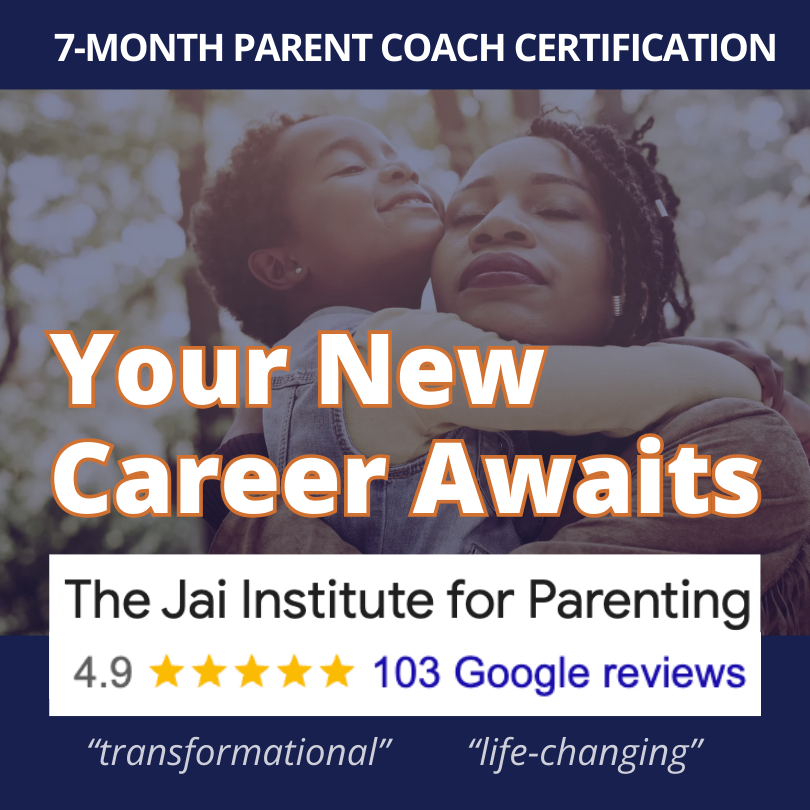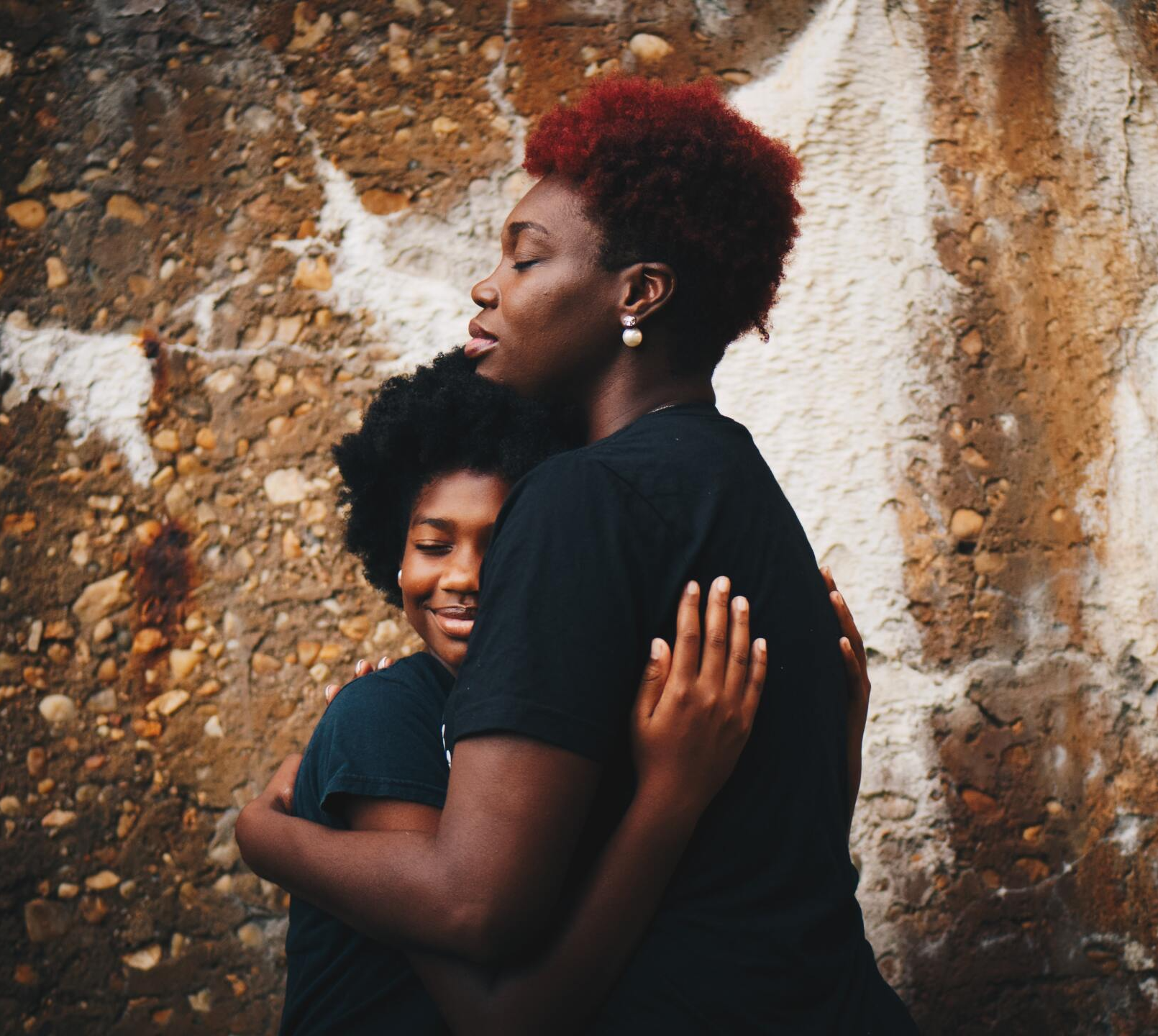Breaking Free from Old Patterns: A Parent's Guide to Secure Attachment

I'll never forget the day I watched my friend Sarah struggle with her toddler's meltdown at the park. As her daughter wailed about leaving, Sarah cycled through different responses—first stern commands, then anxious pleading, and finally frustrated silence. Later, over coffee, she told me, "I don't understand why I get so triggered. One minute, I'm trying to be the perfect mom, and the next, I'm completely shut down. Sometimes, I wonder if I'm damaging her."
Sarah's experience mirrors what many parents feel when faced with their children's big emotions. We want to respond perfectly, yet we find ourselves caught in patterns that feel outside our control. The good news? These patterns aren't random—they're deeply rooted in attachment science, and understanding them can transform our parenting journey.
The Truth About Attachment
While social media might have us believe that attachment is about fitting into neat categories or achieving perfect attunement with our children, the reality is far more nuanced. Attachment isn't just about parenting style—it's a biological instinct that shapes how we connect, regulate our emotions, and develop our sense of self.
Think of attachment as the story of our relationships. Just as we learned to walk through countless wobbles and falls, we learned to connect through our early experiences with caregivers. Some of us learned that big emotions were overwhelming and best kept hidden. Others learned that we needed to be constantly vigilant to receive care. These weren't choices—they were survival strategies that helped us maintain closeness with our caregivers.
The Myth of Perfect Connection
Here's a liberating truth: healthy parent-child relationships are only in sync 30-50% of the time. Let that sink in. We don't need to achieve constant connection to create secure attachments. Instead, think of your relationship like a calendar year:
- "Ordinary Time" makes up most days—routine activities, mundane moments
- "Holiday Time" represents those sacred connections—deep conversations, comfort after falls
- “Tax season" brings the inevitable ruptures—conflicts, misunderstandings, and repairs
Just as we don't expect every day to be a holiday, we shouldn't expect every interaction with our children to be deeply connected. The magic lies in our ability to read the moment and respond appropriately—what attachment experts call attunement.
Understanding Attunement vs. Hypervigilance
Many parents confuse attunement with hypervigilance. Picture this: Your child is quietly doing homework while you prepare dinner. Being attuned doesn't mean dropping everything to hover over them—it means accurately reading the moment and responding appropriately. True attunement might mean simply being available while letting them work independently.
However, if your child comes in crying about a difficult day at school, attunement would mean pausing dinner prep to
bring your full presence and comfort. The key is matching your response to your child's actual needs, not your anxiety about their needs.
When we parent from a place of hypervigilance, we unintentionally create a dynamic that can be exhausting for both parent and child. Constantly scanning for problems, overanalyzing every interaction, and rushing to prevent any discomfort doesn't just drain our own emotional resources—it sends our children the message that they can't handle challenges on their own.
Hypervigilant parents have
children that often struggle to develop confidence in their own abilities, looking externally for validation and safety rather than building their own internal compass. They might become reluctant to share their struggles, fearing their parent's anxious response, or develop an excessive need for reassurance. Perhaps most concerningly, they may never learn to trust their own judgment about safety and risk, having internalized the message that the world is full of dangers they're not equipped to handle.
This pattern can follow them into adulthood, manifesting as anxiety, perfectionism, or difficulty with independent decision-making. The irony is that in our attempts to protect our children from every possible hurt, we may be hampering the very resilience and self-trust we hope to nurture.
Breaking Generational Patterns
Many of us come to conscious parenting because we want to do things differently than our parents. We might notice ourselves becoming rigid when our child expresses anger or anxiously hovering when they explore independence. These reactions often stem from our own attachment history.
Consider this: If you grew up learning that emotions were overwhelming or unsafe, watching your child have a meltdown might
trigger your old coping mechanism of emotional shutdown. Or suppose you learned that care was unpredictable. In that case, you might find yourself being hypervigilant about your child's needs, unable to distinguish between moments that require full attention and those that don't.
The key isn't to achieve perfect responses—it's to understand these patterns and gradually build new ones. This might mean:
1. Recognizing when you're in a defensive versus receptive state
2. Learning about nervous system regulation
3. Practicing repair after ruptures
The Power of One Secure Attachment
Here's the most hopeful message from attachment science: children don't need perfect parents or a perfect environment to thrive. They need at least one stable, secure attachment figure who can:
- Consistently return to connection after ruptures
- Stay present during difficult emotions
- Offer comfort and co-regulation
- Trust the process of development
Even if your co-parent, extended family, or other caregivers parent differently, your secure connection with your child makes a profound difference.
The Path Forward: From Control to Connection
The journey toward secure attachment isn't about controlling outcomes—it's about showing up authentically in the relationship. This means:
1. Embracing the Mess
Development isn't linear. Your child will move between competence and incompetence as they grow. Your job isn't to prevent the stumbles but to be a steady presence through them.
2. Focusing on Repair, Not Perfection
When ruptures happen (and they will), focus on returning to connection. A simple "I'm sorry I was harsh. I got scared, and that wasn't fair to you. Can you tell me more about what you were feeling?" can be transformative.
3. Building Your Own Resources
The more grounded you feel, the better you can support your child. This might mean:
- Finding supportive communities
- Working with a therapist
- Developing self-regulation practices
- Celebrating small wins in your growth
Practical Steps for Daily Connection
Building secure attachment happens in small moments throughout the day. Here are some practical ways to strengthen your connection:
- Create daily rituals of connection (morning cuddles, bedtime stories)
- Practice "scanning" moments—brief check-ins where you tune into your child's state
- Offer verbal acknowledgment of emotions without trying to fix them
- Share in their interests, even if briefly
- Return to repair quickly after disconnection
A New Story of Connection
Returning to Sarah's story, as she began understanding her attachment patterns, something beautiful happened. She stopped trying to be the perfect mother and started focusing on being present. She learned to recognize when she was shifting into anxiety or shutdown and developed tools to ground herself. Most importantly, she began trusting that the occasional meltdown—both hers and her daughter's—wasn't a sign of failure but an opportunity for deeper connection through repair.
Six months later, Sarah shared an insight that stuck with me: "I used to think secure attachment meant never messing up. Now I realize it's about being real with my daughter—showing her that relationships can bend without breaking, that love includes repair, and that growth is a lifelong journey we're on together."
Remember, you're not just parenting your child—you're also reparenting yourself. Every time you choose connection over control, presence over perfection, you're not just changing your child's story—you're rewriting your own.
The path to secure attachment isn't about achieving constant harmony. It's about building a relationship that can weather the storms, celebrate the sunshine, and grow stronger through both. As you move forward in your parenting journey, remember that your willingness to grow and heal is creating a powerful legacy for your children—one secure moment at a time.
The greatest gift we can give our children isn't perfect parenting—it's the example of a parent who's willing to grow, learn, and keep showing up for connection, even in the messy moments.
Join thousands of parents on their transformative parenting journey and learn more about attachment science, child development, nervous system science, and more. Apply now to
join our Parenting Coach Certification program and transform your parenting journey!
Meet Your Author, Eli Harwood
Eli Harwood is a licensed therapist, author, and educator who has more than 17 years of experience helping people process relational traumas and develop secure attachment relationships with their children and partners.
Eli holds a Master's Degree in Professional Counseling from The University of Colorado and has served on the faculty of The Denver Family Institute.
Considered one of the preeminent authorities on attachment science, Eli is the author of Raising Securely Attached Kids. Her content inspires close to 1M followers to heal and grow into the resilient leaders that raise responsible, independent and confident children.
READ MORE:
Curious for more?














